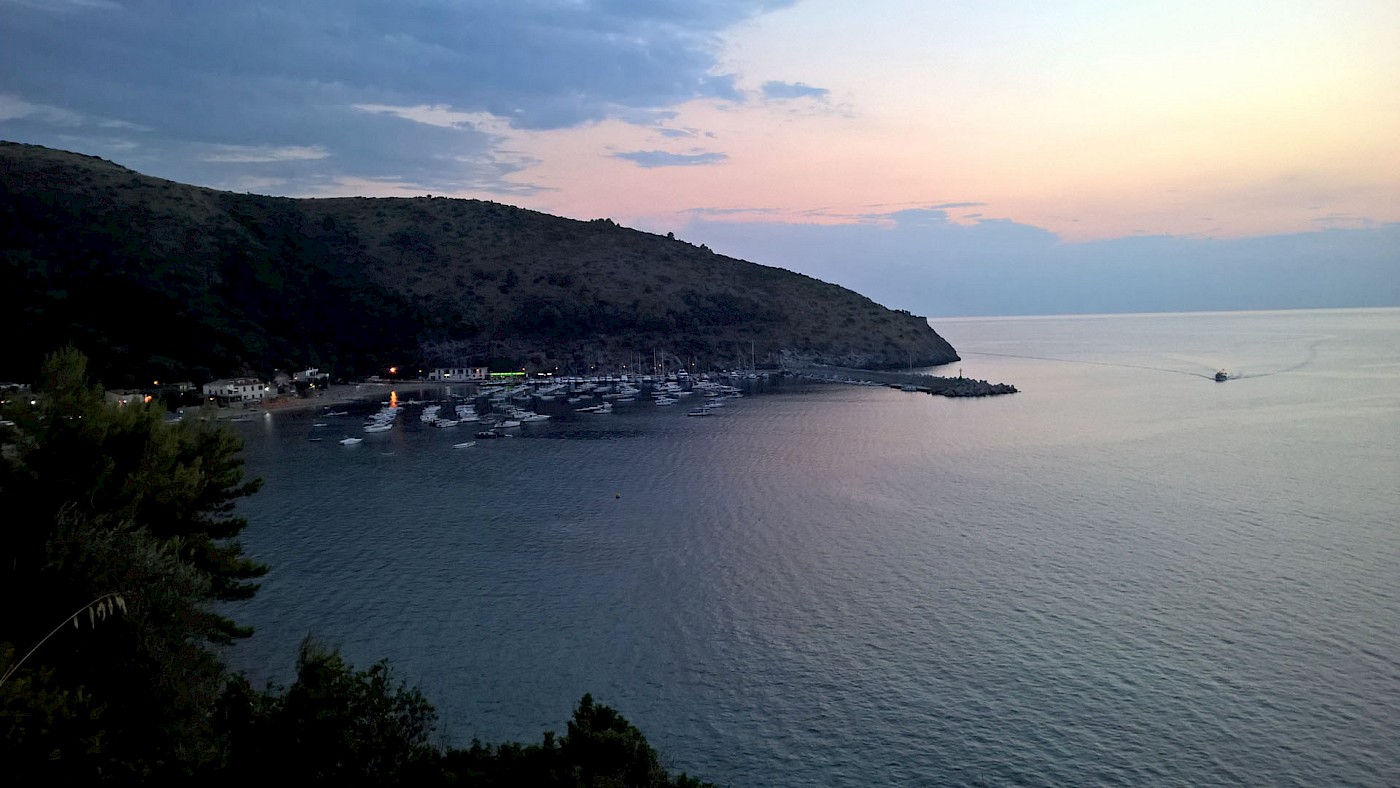The ancient Greeks and Romans have left an indelible impression on the modern world. Much of the modern fascination with Graeco-Roman culture is ultimately the result of renewed interest in Classical antiquity from the Renaissance onwards, which has influenced a lot of modern art, architecture, and literature.
The result of this interest in the cultures of the Greeks and Romans can be seen almost anywhere: in museums and galleries, but also in television shows like Troy: Fall of a City and movies like Clash of the Titans, as well as videogames, books, plays, and much, much more.
Of course, in countries like Greece and Italy, the link to the past is more direct and more readily visible. Excavations and restoration projects have made it possible to simply wander through the physical remains of the ancient world, its temples and houses and so on.
In many larger cities in particular, structures of different eras can be found side by side, and the post-Classical history of some ancient buildings is perhaps as interesting as their original function, as Matthew Lloyd once wrote with regards to the Colosseum.
Some places have scant remains of the ancient world, yet they possess other links to the past. One example of this is the small village of Palinuro in Southern Italy, located a few hours south of Naples, the capital of the region of Campania.
Palinuro and Palinurus
Palinuro has only about 1500 residents, but features an abundance of hotels and resorts that are filled up quickly during the summer by mostly Italian tourists, who come to this seaside settlement to spend a few weeks in the sun and on the sea.
The area is known for its natural beauty. Parts of famous movies were filmed on the beaches at or near Palinuro, including 1963’s Jason and the Argonauts and the more recent Wonder Woman (2017) movie. There are a number of beautiful caves along the coast, some of which can be entered by a small boat and are definitely worth a visit. You can also get to the archaeological site of Paestum from here.
The name of the village is a link to the past. The village is named after the nearby cape, a prominent geographical feature, called Capo Palinuro in Italian. It’s named after Palinurus, Aeneas’ helmsman in the epic poem Aeneid, written by the Roman poet Virgil (70-19 BC).
The story is simple. When Aeneas’ fleet left Sicily for Italy, the Trojan hero’s mother, the goddess Venus, had promised that only one man’s life would be lost. Virgil describes how Aeneas’s helmsman Palinurus became drowsy during the night and fell into the sea after a sudden movement of the ship.
When Aeneas descended into the Underworld, he met the shade of Palinurus, who told him what had happened to him. He had fallen into the water, but managed to reach the shore of Italy after swimming for three days and three nights. But the ruthless inhabitants of the land there had killed him.
He pleads for Aeneas to give him a proper burial, at which point the Sybil, who has guided Aeneas through the Underworld, turns to him and says (Aeneid 6.679-479; transl. Patric Dickinson):
Palinurus! How dare you be so impertinent!
Why should you, you unburied as you are,
See the dread flow of the Styx, the Furies’ forgiveless river?
Why should you come to the bank before your time?
The ordinances of the gods are not to be swayed by prayers,
But listen to me and comfort yourself with this:
Far and wide through the cities, divine revelations
Shall cause your bones to be revered as holy:
They shall build you a monument, they shall year by year
Perform rites in your honor for evermore,
And the place shall have the name of Palinurus.
This naturally pleased Palinurus. After all, who wouldn’t want to have a place named after oneself? And this is supposedly how Palinuro got its name. The luckless helmsman is also commemmorated in a poem that can be read at the village’s main square.
